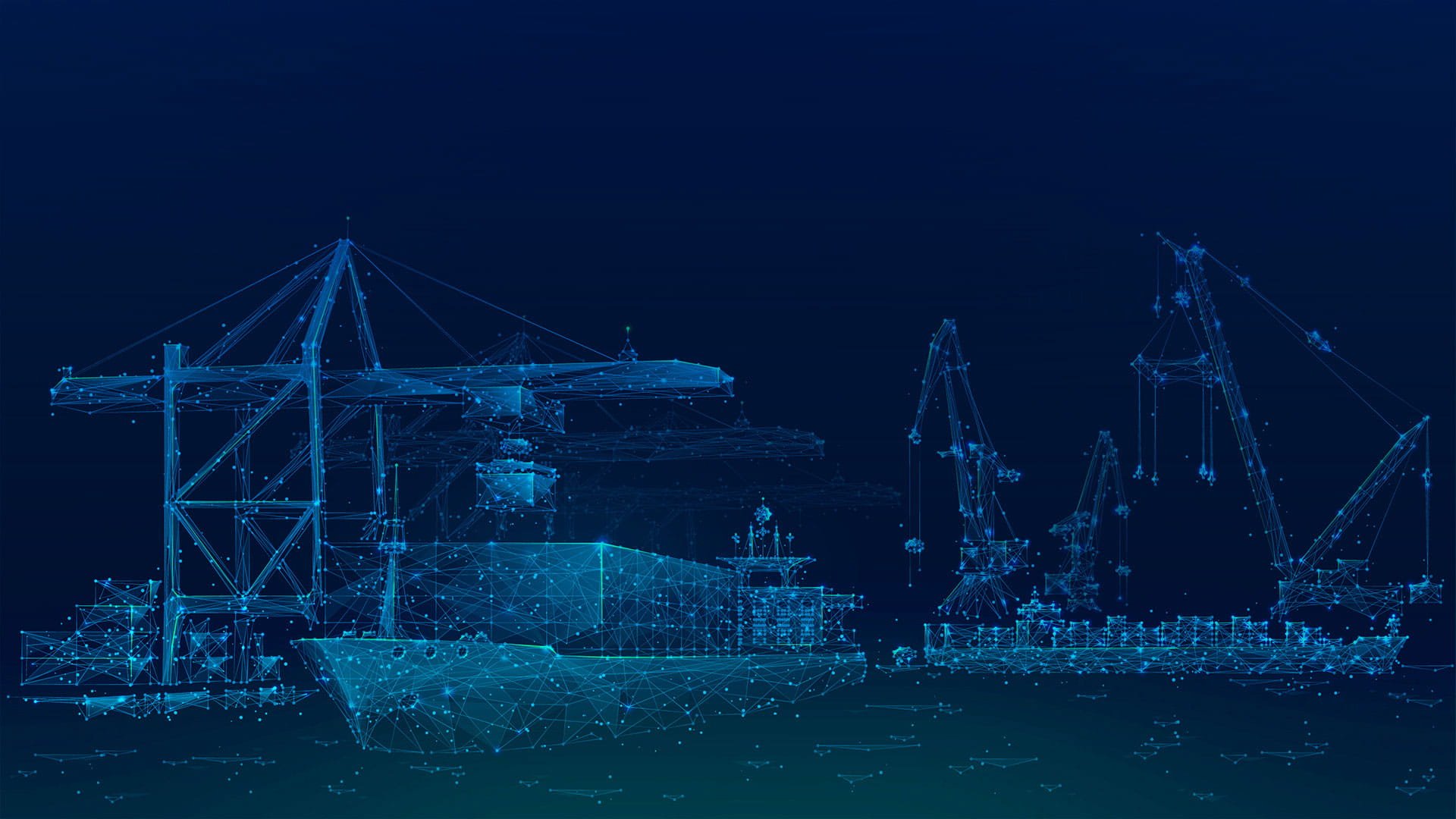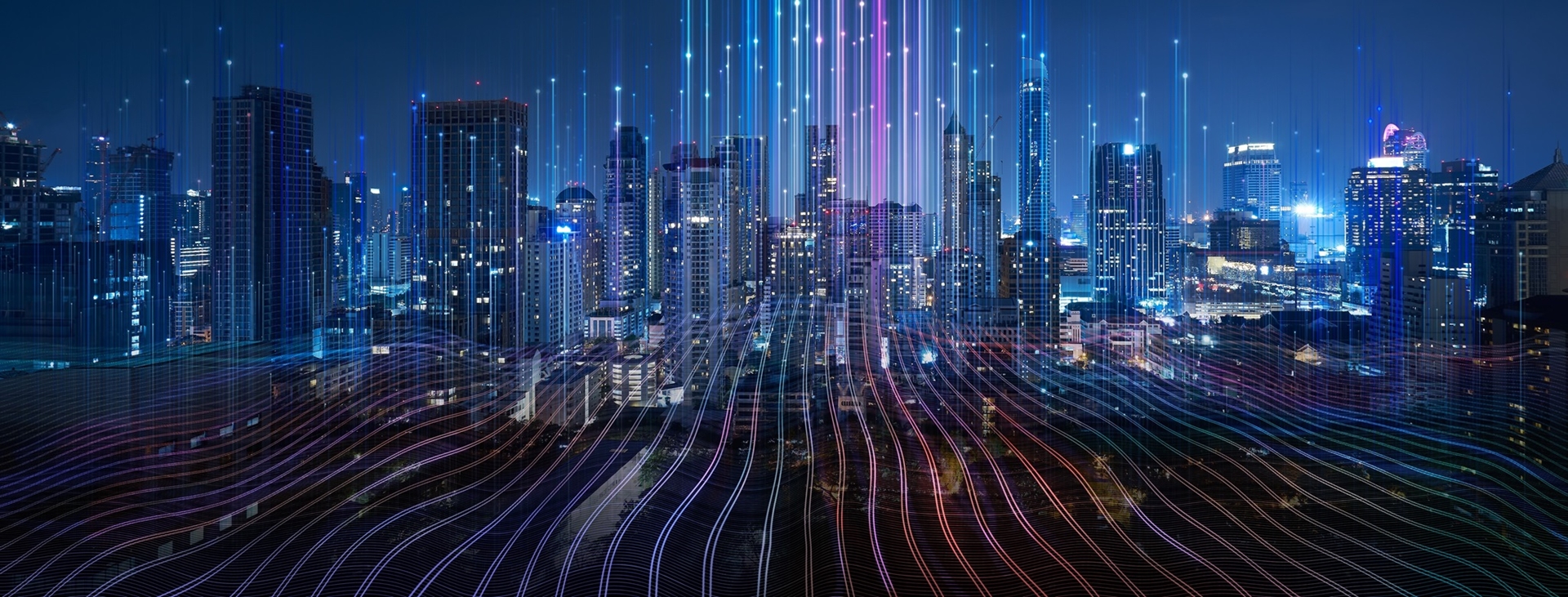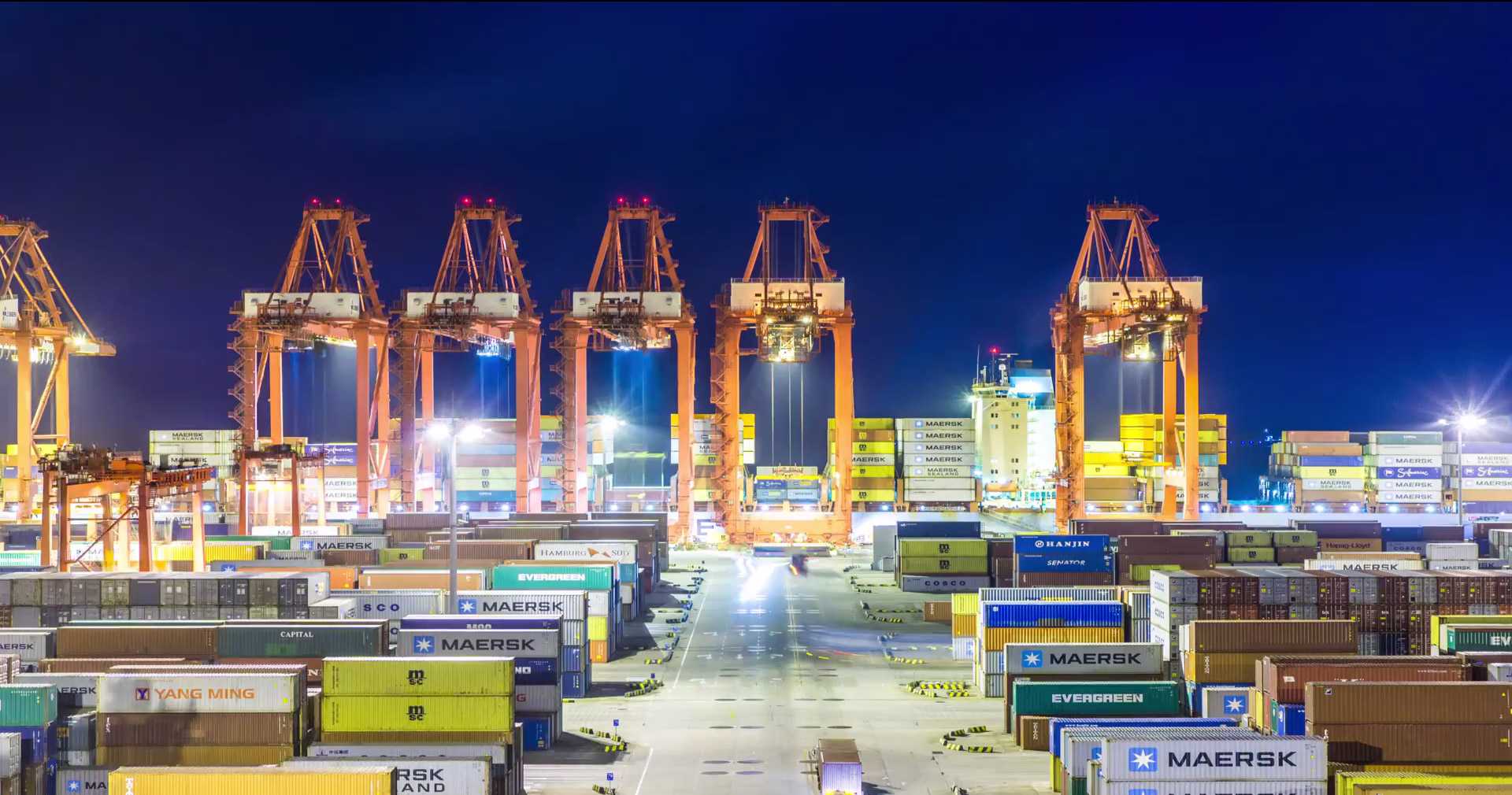17-06-2021
Optimising container terminal performance - the role of the digital twin
Digital twins have delivered major gains for Formula 1 pit stop timings, productivity in car manufacturing and risk management in Singapore. What benefits could they bring to container terminals?

Digital twins have been discussed for years, and early adopters are now reporting big improvements as a result of embracing the concept and its related technology. There are many ways that container terminals could also drive gains, with the right guidance and insights.
What is a digital twin?
A digital twin is a virtual representation of the physical world. This virtual representation of an asset, process or system helps us to better understand what is happening in the physical world and to make better informed decisions using the digital twin’s predictive and prescriptive power.This way, digital twins deliver an environment for understanding, measuring and testing your operation, helping identify trends, challenges and new business opportunities.
Digital twins are increasingly used in various sectors. In manufacturing, predictive digital twins are used to optimise routing in factories by getting insights in logistic flows and using predictive simulation models to compare investment scenarios. In the water sector, digital twins act as virtual operators by optimising the quality and quantity of water flow in a system. In these examples, the combination of technologies such as sensors, IoT and artificial intelligence based on an understanding of logistics and wastewater treatment are used to create business value.
How could a container terminal benefit from creating a digital twin?
A container terminal is a major operation with important responsibilities and costly equipment. It is an environment where incremental gains will mean major cost savings and performance improvements.A digital twin is an ideal way to identify weaknesses and opportunities in a container terminal’s operations. They are already being used to good effect in testing and redesigning how containers are stacked and the potential return on investment of installing new rubber tyred gantry cranes (RTGs), for example.
The virtual twin can also test potential ways to speed up loading and unloading, and ways to accommodate more vessels.
As the digital twin becomes more sophisticated, it will become the control room of the future, automating key processes and creating a platform to implement remote control and autonomous vehicles.
What are the barriers to using digital twins in ports?
The main barriers today are a lack of clarity about the potential gains, and the perception that adoption will be a major change, bringing with it heavy costs to both capital and resource.But in fact, implementation does not have to involve wholesale change. Some of the most successful digital twin projects have started small and grown as they have proved their worth.
Where to begin with a digital twin
The first step is to begin collecting and centralising data: vessel details, loading information, processing times, yard capacity, container movements, crane activity.Next, identify an area of focus where you believe there are gains to be made. One example is to explore the costs versus benefits of investing in additional vehicles or cranes. By creating a digital twin you can explore how your current operations are performing and then model new options. The learnings can help inform your future strategy.
The power of data
The potential for digital twins is exponential – as technology and connectivity continues to evolve it will create new applications that we can’t begin to imagine today.What is crucial is to harness meaningful data. While your own terminal’s data is the first priority, there are huge gains to be made by exchanging information more widely with key stakeholders. In the future, for example, it will be possible to track individual containers as they make their way to your facility via road or sea, through your own processing and onward to their destination.
Equally, your own data will advise hauliers and vessel crews of current terminal performance, alerting them of any delays or opportunities for early arrival, where to dock and more. The potential for data to streamline and optimise operations is enormous.
Seek support
Digital twins will rapidly gain ground in all sectors in the coming years, and now is the perfect time to begin exploring their potential.While some organisations will adopt the digital twin as part of a major digital transformation initiative, your approach does not have to be so revolutionary. The key is to explore the potential benefits for your individual operation and establish your planned level of investment.
An experienced partner will be able to guide, advise and support you to balance the potential gains with your budget and appetite. Unlock new value from your terminal operations with the help of a digital twin. If you would like to discuss issues you’re facing, contact us today.
Learn more about Digital twins
At Royal HaskoningDHV Digital, we connect our rich heritage of engineering with the latest technological capabilities to co-create digital twins with our partners.


